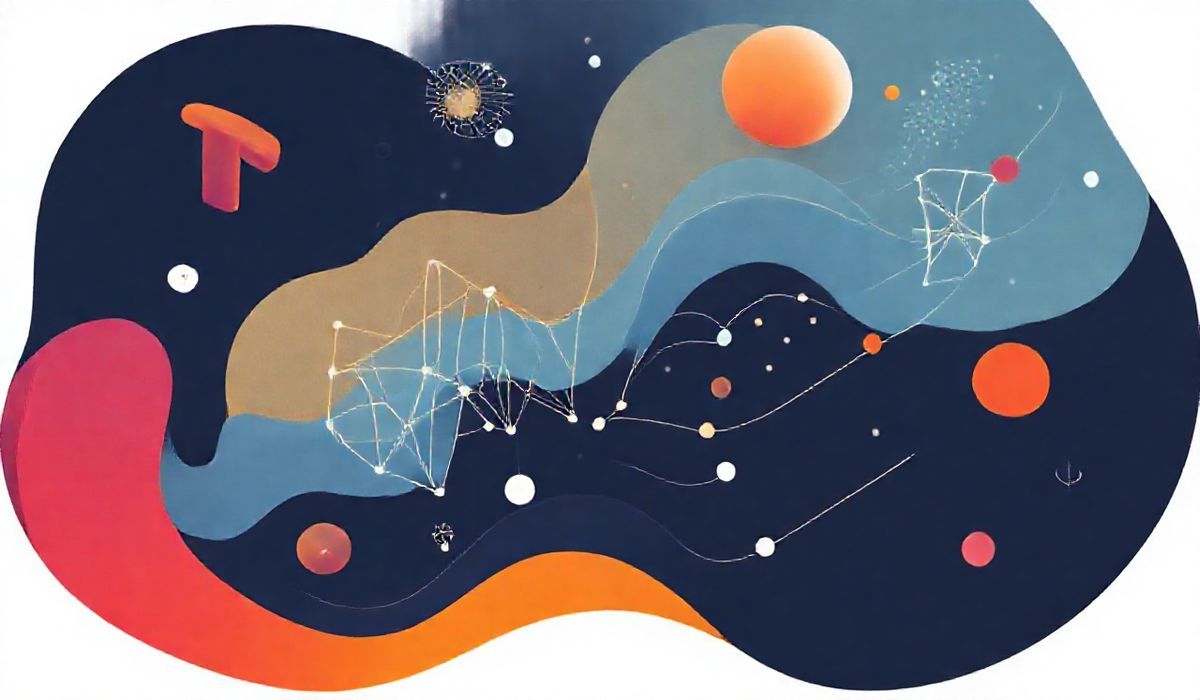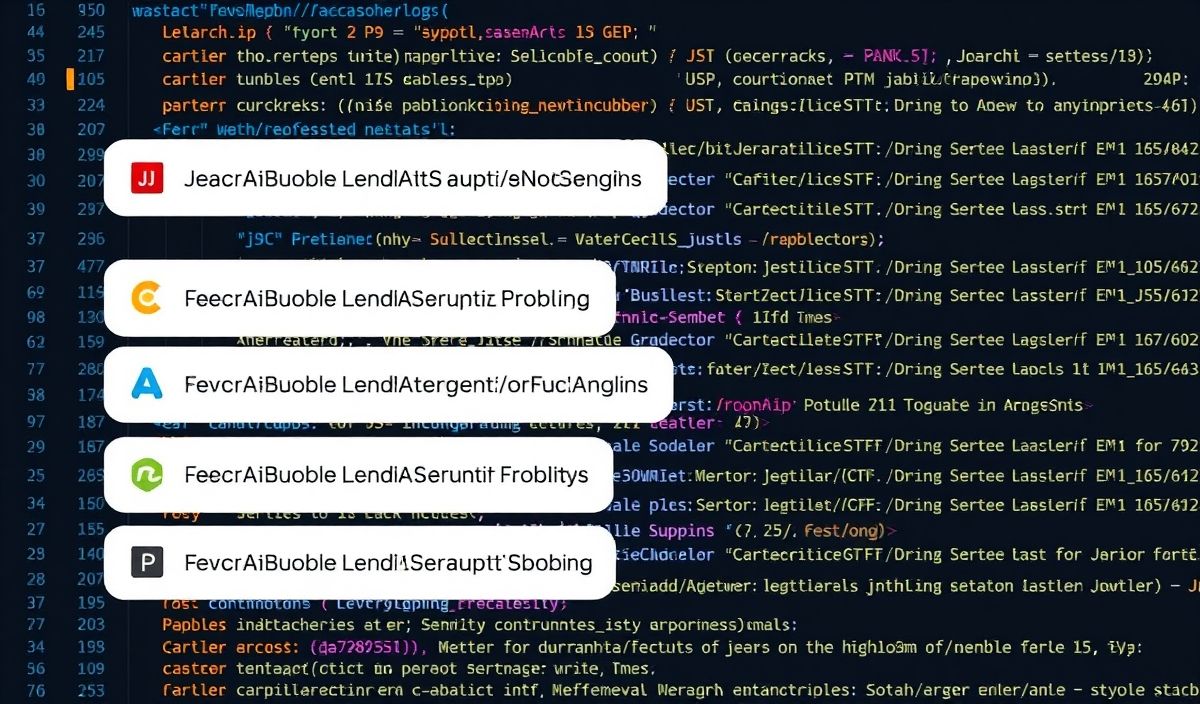Introduction to TensorFlow Estimator
TensorFlow Estimator is a high-level TensorFlow API that allows developers to easily build, train, and evaluate machine learning models. Its modular design and built-in functionalities make it a popular choice for rapid development of machine learning applications. In this guide, we will explore dozens of useful APIs within the TensorFlow Estimator framework, along with practical examples, including a working app example. By the end, you’ll have a deeper understanding of how to leverage TensorFlow Estimator for your projects.
Key Features of TensorFlow Estimator
- Predefined models for common use cases like classification and regression.
- Easy training, evaluation, and export of models.
- Support for custom estimators tailored to your specific needs.
Common TensorFlow Estimator APIs with Examples
Below is a curated list of useful TensorFlow Estimator APIs with practical examples:
1. tf.estimator.LinearRegressor
This API creates a linear regression model.
import tensorflow as tf
feature_columns = [tf.feature_column.numeric_column("x", shape=[1])]
estimator = tf.estimator.LinearRegressor(feature_columns=feature_columns)
train_input_fn = tf.compat.v1.estimator.inputs.numpy_input_fn(
{"x": np.array([1., 2., 3., 4.])}, np.array([0., -1., -2., -3.]),
batch_size=4, num_epochs=None, shuffle=True)
estimator.train(input_fn=train_input_fn, steps=1000)
2. tf.estimator.LinearClassifier
Create a linear model for classification tasks.
feature_columns = [tf.feature_column.numeric_column("x", shape=[1])]
classifier = tf.estimator.LinearClassifier(feature_columns=feature_columns)
train_input_fn = tf.compat.v1.estimator.inputs.numpy_input_fn(
x={"x": np.array([[1.], [2.], [3.], [4.]])},
y=np.array([0, 1, 0, 1]),
batch_size=4, num_epochs=None, shuffle=True)
classifier.train(input_fn=train_input_fn, steps=1000)
3. tf.estimator.DNNClassifier
Create a deep neural network for classification tasks.
feature_columns = [
tf.feature_column.numeric_column("x", shape=[1])
]
dnn_classifier = tf.estimator.DNNClassifier(
feature_columns=feature_columns,
hidden_units=[10, 10],
n_classes=3)
train_input_fn = tf.compat.v1.estimator.inputs.numpy_input_fn(
x={"x": np.array([[1.], [2.], [3.], [4.]])},
y=np.array([0, 1, 2, 1]),
batch_size=4, num_epochs=None, shuffle=True)
dnn_classifier.train(input_fn=train_input_fn, steps=1000)
4. tf.estimator.BoostedTreesClassifier
Boosted tree-based ensemble models for classification tasks.
feature_columns = [tf.feature_column.numeric_column("x", shape=[1])]
boosted_classifier = tf.estimator.BoostedTreesClassifier(
feature_columns=feature_columns,
n_batches_per_layer=1,
n_classes=3)
train_input_fn = tf.compat.v1.estimator.inputs.numpy_input_fn(
x={"x": np.array([[1.], [2.], [3.], [4.]])},
y=np.array([0, 1, 2, 1]),
batch_size=4, num_epochs=None, shuffle=True)
boosted_classifier.train(input_fn=train_input_fn, steps=100)
5. tf.estimator.BoostedTreesRegressor
Boosted tree-based ensemble model for regression tasks.
feature_columns = [tf.feature_column.numeric_column("x", shape=[1])]
boosted_regressor = tf.estimator.BoostedTreesRegressor(
feature_columns=feature_columns,
n_batches_per_layer=1)
train_input_fn = tf.compat.v1.estimator.inputs.numpy_input_fn(
x={"x": np.array([[1.], [2.], [3.], [4.]])},
y=np.array([5., 4., 3., 2.]),
batch_size=4, num_epochs=None, shuffle=True)
boosted_regressor.train(input_fn=train_input_fn, steps=100)
6. Custom Estimator API
You can create custom estimators by defining a model function.
def model_fn(features, labels, mode):
layer = tf.layers.Dense(10, activation='relu')(features["x"])
output_layer = tf.layers.Dense(1)(layer)
predictions = tf.reshape(output_layer, [-1])
if mode == tf.estimator.ModeKeys.PREDICT:
return tf.estimator.EstimatorSpec(mode, predictions=predictions)
loss = tf.losses.mean_squared_error(labels, predictions)
optimizer = tf.train.GradientDescentOptimizer(learning_rate=0.001)
train_op = optimizer.minimize(loss, global_step=tf.train.get_global_step())
return tf.estimator.EstimatorSpec(mode, loss=loss, train_op=train_op)
custom_estimator = tf.estimator.Estimator(model_fn=model_fn)
Practical App Example
Here is an example of a simple end-to-end app that uses TensorFlow Estimator APIs to classify iris flower species:
import tensorflow as tf
import numpy as np
from sklearn.model_selection import train_test_split
from sklearn.datasets import load_iris
# Load dataset
iris = load_iris()
X_train, X_test, y_train, y_test = train_test_split(iris.data, iris.target, test_size=0.2, random_state=42)
# Feature columns
feature_columns = [tf.feature_column.numeric_column(key=str(i)) for i in range(X_train.shape[1])]
# Define Estimator
classifier = tf.estimator.DNNClassifier(
feature_columns=feature_columns,
hidden_units=[10, 10],
n_classes=3
)
# Training input function
train_input_fn = tf.compat.v1.estimator.inputs.numpy_input_fn(
x={str(i): X_train[:, i] for i in range(X_train.shape[1])},
y=y_train,
batch_size=32,
num_epochs=None,
shuffle=True
)
# Train model
classifier.train(input_fn=train_input_fn, steps=200)
# Evaluation input function
eval_input_fn = tf.compat.v1.estimator.inputs.numpy_input_fn(
x={str(i): X_test[:, i] for i in range(X_test.shape[1])},
y=y_test,
num_epochs=1,
shuffle=False
)
eval_result = classifier.evaluate(input_fn=eval_input_fn)
print(f"Test Accuracy: {eval_result['accuracy']}")
By following the steps above, you can use TensorFlow Estimator to build classification models, evaluate them, and improve them iteratively.
Conclusion
TensorFlow Estimator provides a powerful and flexible way to build machine learning models. With its predefined models and support for customization, it caters to both beginners and experienced developers. Start experimenting with these APIs today and build robust solutions for your unique problems!



